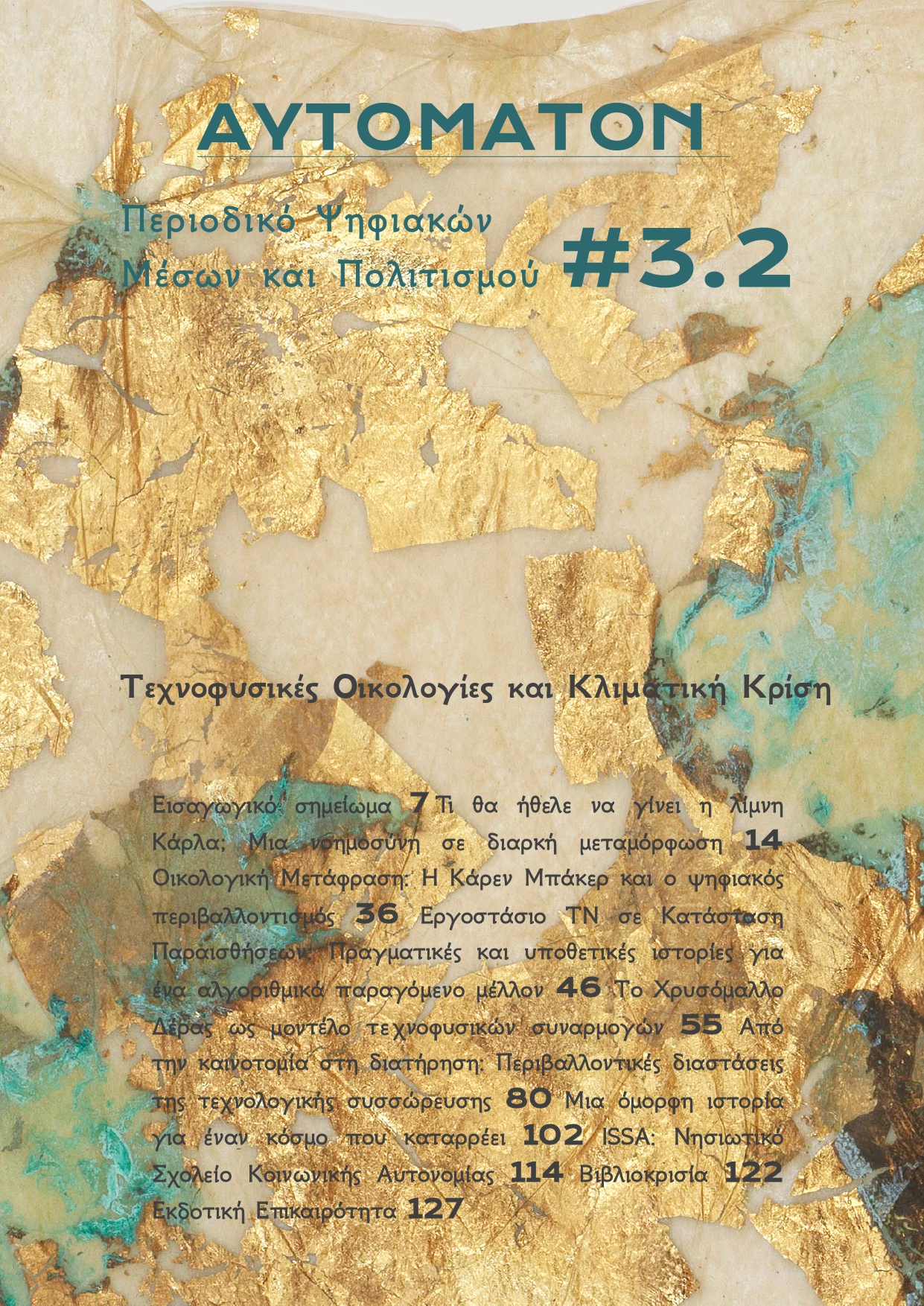Ecological Translation Karen Bakker and Digital Conservationism

Abstract
This article explores the intersection of law, technology and environmental ethics through Karen Bakker’s work on digital conservationism. The central question posed is how the current legal framework would change if humans could communicate directly with non-human entities, such as ecosystems or animals, that coexist with us. This question, although not explicitly addressed in Backer’s book Gaia’s Web, nevertheless touches on the broader issues of artificial intelligence, algorithmic governance and environmental law. Backer’s advocacy of using digital technologies to monitor and conserve the environment suggests that AI could bridge the gap between human and non-human communication, potentially leading to legal recognition of the rights of non-human organisms. The article critiques this view by examining questions relating to biopolitical control, the dangers of technological surveillance, and the challenges of representing non-human entities in legal terms. Furthermore, it re-examines the concept of the “natural contract,” taking into account the changing role of law in recognizing the autonomy of the non-human world.
Article Details
- How to Cite
-
Damianos, A. (2025). Ecological Translation: Karen Bakker and Digital Conservationism. Αutomaton: Journal of Digital Media and Culture, 3(2), 36–45. https://doi.org/10.12681/automaton.42668
- Section
- Articles

This work is licensed under a Creative Commons Attribution 4.0 International License.
Authors wishing to publish articles in this journal agree to the following terms:
1. The Authors retain the Copyright and grant the journal the right of first publication while at the same time the copyright of the work is protected under the Creative Commons Attribution License which allows third party licensees to use the work as they wish provided they acknowledge the work's authorship and initial publication in this journal.
2. Authors may enter into separate additional contractual arrangements for the non-exclusive distribution of the published journal version of the work (for example, posting it to an institutional repository or publishing it in a book), with acknowledgment of its initial publication in this journal.
3. Authors are allowed and encouraged to post their work online before and during the submission process (e.g. on their website) as this can lead to productive exchanges as well as earlier and more citations of published work (See The Effect of Open Access).


